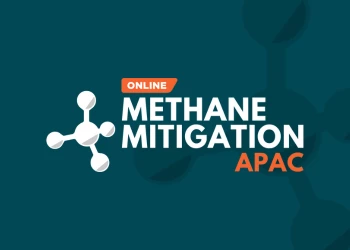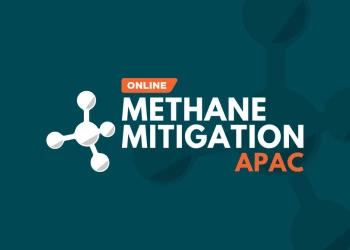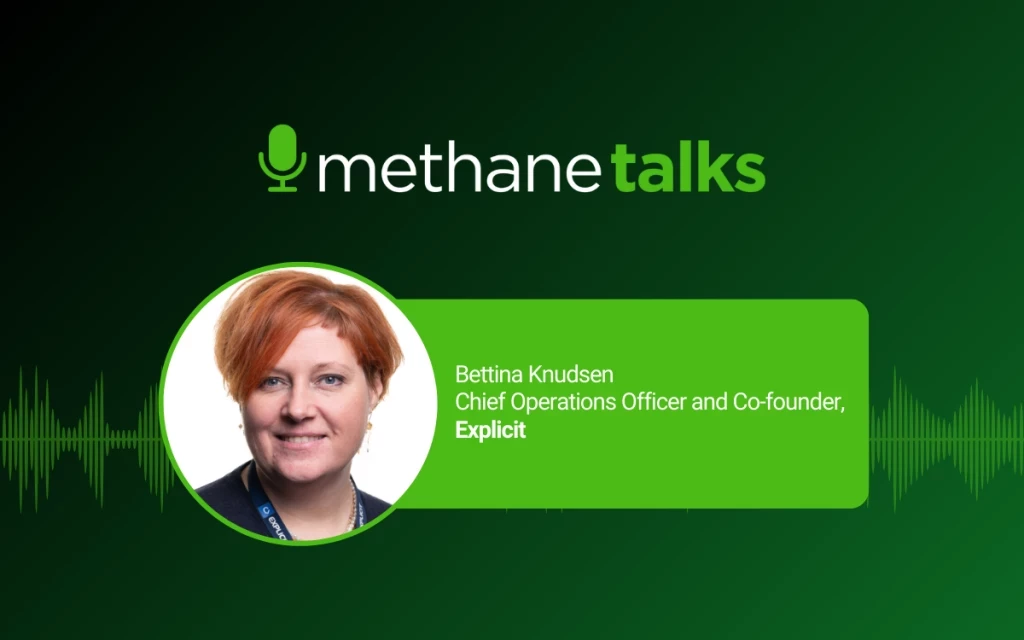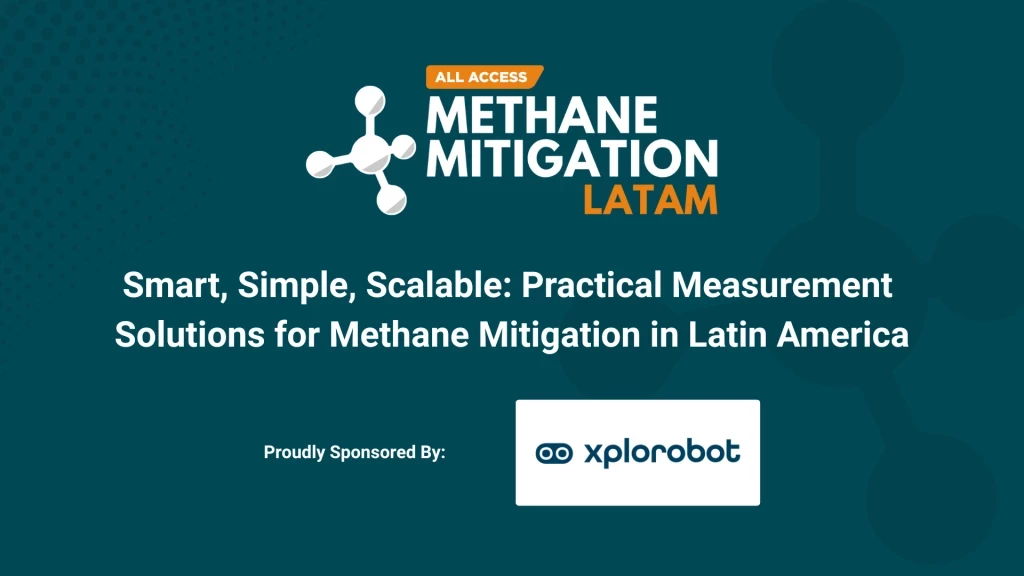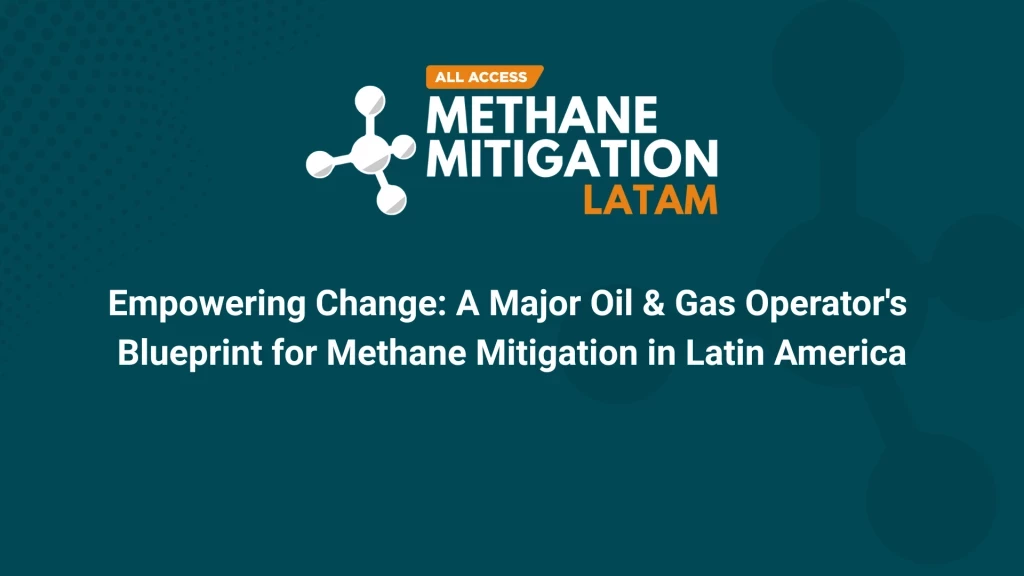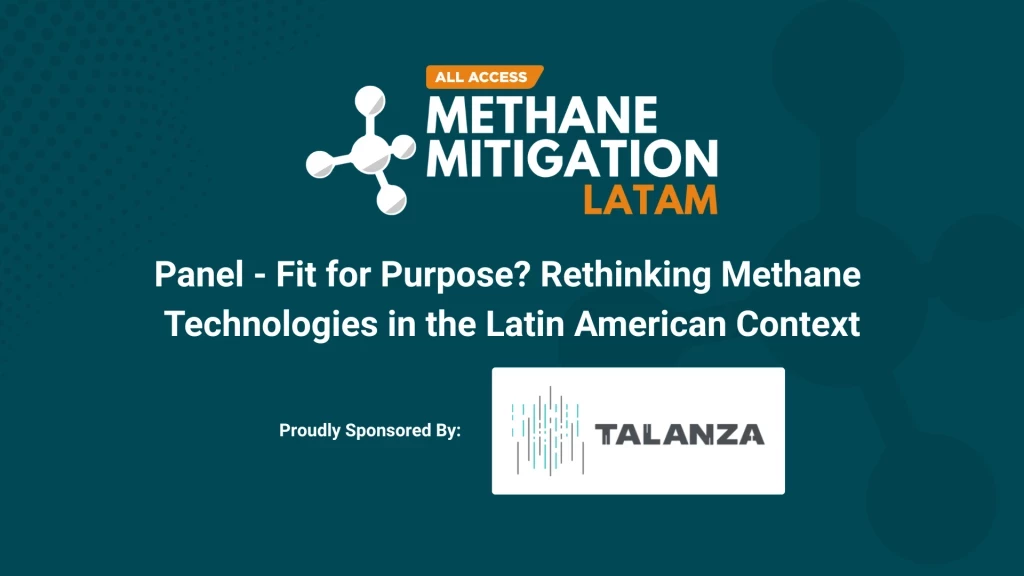Beyond Compliance: How Efficiency & Market Access are Driving Methane Strategies
Why voluntary methane strategies are good business: Delivering operational benefits that go beyond compliance.
Add bookmark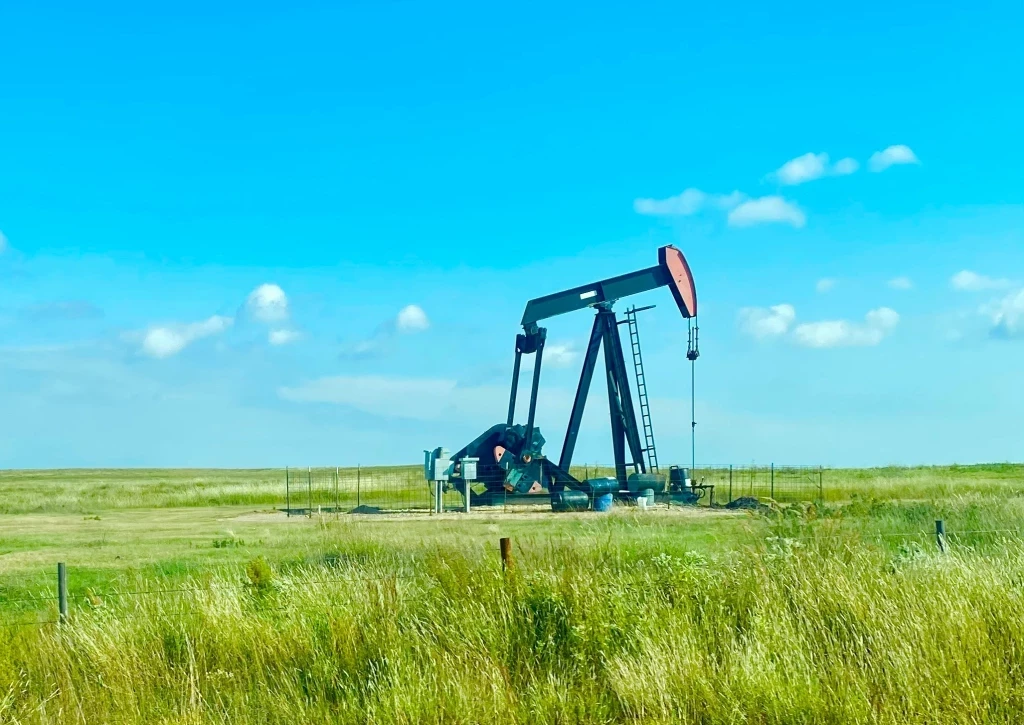
The oil and gas industry is currently facing global regulatory flux, which is affecting operator and stakeholder action regarding methane mitigation strategies and investments. This is particularly the case in the U.S., where the EPA under President Trump is pushing for regulatory rollbacks across certain sectors, highlighting how the regulatory pendulum within the country swings back and forth between administrations. On the other hand, certain states, such as California and New Mexico, are leading the way in emissions abatement, highlighting the differences in regulatory standards at the state and federal levels. This is coupled with the changing international landscape, as the EU Methane Regulation (EU MR) is rolling out its initial phase in 2027, which will impose an import standard, based on methane intensity data, for all oil and natural gas entering the EU. The uncertainty caused by changing regulations and different standards across markets poses a challenge to some operators; however, others are reframing this challenge as an opportunity. By changing perspectives and developing flexible methane management plans, companies can unlock operational gains, reduce downtime, and build a more resilient business model that remains secure through policy shifts while retaining global market access.
The Business Case for Efficiency:
With regulatory pullbacks in the U.S., but increased compliance requirements on an international level, developing an effective and resilient methane strategy can appear to be complex. However, it has also provided operators with an opportunity to reassess their methane management and begin shaping a plan that future-proofs their operations, intending to enhance operational efficiency and reduce emissions. In a report published by Archrock that focuses on the business case for voluntary methane management, there is an emphasis on how emissions can be seen as lost revenue but also as operational inefficiency, as they can cause downtimes if they go untreated for long enough. Methane slips highlight this inefficiency, as unburned gas seeps out of combustion devices. If undetected, it can become a ‘super-emitter’, resulting in extended downtime required to repair the degraded equipment. In worst-case scenarios, a lack of consistent monitoring can leave leaks unattended long enough that they can escalate into costly shutdowns and fires. This can be avoided through consistent monitoring and predictive maintenance, reducing unnecessary downtime, and overall boosting efficiency.
Shifting perspectives and focusing on improving operational efficiency through methane management, as opposed to trying to keep up with compliance standards amid regulatory flux, has proven to be a best practice for positively impacting the bottom line, reducing emissions, and ensuring continued global market access. This is evident when looking at the data from the oil and gas operators participating in the EPA’s methane challenge program. Between 2016 and 2019, companies using voluntary actions to mitigate emissions “kept $45 million worth of natural gas in the pipeline”, further supporting the findings in the recently published Archrock report that voluntary methane management improves operational efficiency, ultimately leading to revenue gains and creating a competitive advantage.[1] These programs demonstrate that voluntary best practices, like improved repair schedules, better monitoring, and pipeline maintenance, can give direct financial return through improved operational efficiency.
On top of this, ConocoPhillips has also gone beyond regulatory requirements by investing $7 million in LongPath Technologies’ continuous monitoring systems in 2023 to optimize real-time detection across its assets.[2] These efforts contributed to a reported 64% reduction in methane emissions intensity from 2015 to 2024, resulting in fewer leaks, reduced downtime, and preservation of product that could have otherwise been lost.[3] Significant operator investments in detection and monitoring technologies demonstrate how voluntary adoption of advanced methane management enhances operational efficiency, reducing labour needs, minimizing product loss, and enabling faster, safer, and more precise maintenance. These benefits extend well beyond regulatory compliance.
Reducing Lost Product:
Based on the 2024 IEA Global Methane Tracker Database, it is estimated that the oil and gas industry loses 84 million tons of methane globally each year, which could be worth up to $18 billion if sold at the average market value.[4] Not only is this a missed opportunity for operators to boost their bottom line, but it also spotlights the operational inefficiencies in some oil and gas production. Certain technologies, such as ZEVAC’s gas/liquid capture and recovery equipment, help operators address the risks, costs, and compliance challenges associated with their operations, improving efficiency and enhancing profitability by keeping gas in the pipeline and available for sale.[5] Methane capture technologies and equipment like this provide operators with alternatives to venting and flaring, helping reduce emissions and product loss. A report investigating capture technologies suggests that “Upstream investment primarily includes the installation of associated gas capture and draining equipment, vapor recovery, and well sealing equipment – all aimed at improving CH4 capture and utilization efficiency”, emphasizing that operators are continually investing in technologies that improve operational efficiency, which correlates to reduced product loss and potential profit margin gains.[6]
Increasing Market Access:
As international regulatory standards increase and U.S. methane management policies continue to shift, it is becoming increasingly important for operators to develop strategies that can withstand change during regulatory flux, to safeguard access to international markets amid regulatory shifts. Beyond the uncertainty of domestic U.S. regulations, the EU MR, which will set a global rule for methane intensity through import standards, could restrict U.S. natural gas exports unless operators demonstrate commitments to emissions reduction practices. The import standard, coming into effect in 2027, will require any operator importing into the EU to report and verify credible methane emissions data, meeting the equivalent MRV standards to those of EU producers. Regardless of the proposed EPA regulatory rollbacks, operators without proactive abatement efforts could lose a large share of the market. Therefore, voluntary methane strategies not only ensure compliance but also protect market access, offering a competitive edge over operators who do not adopt stronger methane emissions management. Furthermore, early adoption of methane abatement strategies can also result in smoother operations with fewer downtimes, fewer regulatory fines as the compliance goalposts continue to shift, and improved efficiency as increased monitoring in line with regulations leads to less equipment degradation.
The risks of losing global market access are also driving other regions to set higher standards. In 2025, the Latin American Energy Organization (OLADE) and The Development Bank of Latin America and the Caribbean (CAF) developed their roadmap for the implementation of low-emission natural gas certification.[7] For Latin American operators, certification could become critical to maintaining competitiveness in international markets. Therefore, voluntary methane mitigation programs give companies in these regions a head start, building operational efficiency into their systems before compliance deadlines arrive.
Creating a Resilient Strategy that Withstands Regulatory Flux:
In the U.S., the EPA is pushing for deregulation under President Trump’s administration, highlighting the need for operators to develop methane plans that can withstand policy change. Companies that voluntarily adopt best practices can protect themselves from this regulatory uncertainty and the policy swings that accompany administrative turnovers by creating a resilient business strategy. Proactive measures such as advanced leak detection and repair, along with continuous monitoring, cut emissions while also capturing gas that can be sold, where otherwise it would have been lost. Through these abatement efforts, operators can reduce operating losses, reassure investors who are concerned with improving climate management, and see a return on investment in methane management, while preparing for the future, regardless of how the regulatory landscape may evolve.
Conclusion:
By developing and investing in resilient methane management plans, operators can future-proof their operations amid regulatory flux, retain global market access as international import standards rise, and effectively enhance their operational efficiency to help reduce their emissions and positively impact the bottom line. By turning leaks into sellable products through recapture techniques and leak prevention, operators prove that methane mitigation strategies can deliver operational excellence, financial returns, and provide security as policies change both domestically and internationally. Proactive methane management is not just compliance; it’s a competitive edge in an evolving global energy market.
References:
1 U.S. Environmental Protection Agency, “EPA Methane Challenge Partners Lead in Efficiency and Emission Reductions,” last updated July 24, 2023, https://www.epa.gov/newsreleases/epa-methane-challenge-partners-lead-efficiency-and-emission-reductions.
2 Access Newswire, “Continuous Monitoring Evolution: ConocoPhillips Invests in LongPath Technologies' Breakthrough Continuous Methane Monitoring Technology,” August 9, 2023, https://www.accessnewswire.com/773016/continuous-monitoring-evolution-conocophillips-invests-in-longpath-technologies-breakthrough-continuous-methane-monitoring-technology.
3 ConocoPhillips, “GHG Target,” accessed September 30, 2025, https://www.conocophillips.com/sustainability/managing-climate-related-risks/metrics-targets/ghg-target/.
4 Whitepaper on Voluntary Methane Detection and Mitigation: Minimizing Risk, Maximizing Value. Archrock, 2025.
5 ZEVAC, "Methane Mitigation Technology to Achieve Emission Reduction Goals," accessed September 30, 2025, https://getzevac.com/.
6 Deng, W., X. Li, Y. Zhao, Z. Liu, Y. Wang, L. Chen, and H. Sun. “Breakthroughs in CH₄ Capture Technologies: Key to Reducing Fugitive Methane Emissions in the Energy Sector.” Carbon Capture Science & Technology 13 (December 2024): 100316. https://doi.org/10.1016/j.ccst.2024.100316
7 Joint Summit Working Group, Report: Institutional Contributions of the Joint Summit Working Group (JSWG), GTCC/inf.53/24 (Summit of the Americas Secretariat, March 26, 2024), accessed September 29, 2025, https://summit-americas.org/gtcc/documents/Informe_GTCC_ENG_OCT_24.pdf


